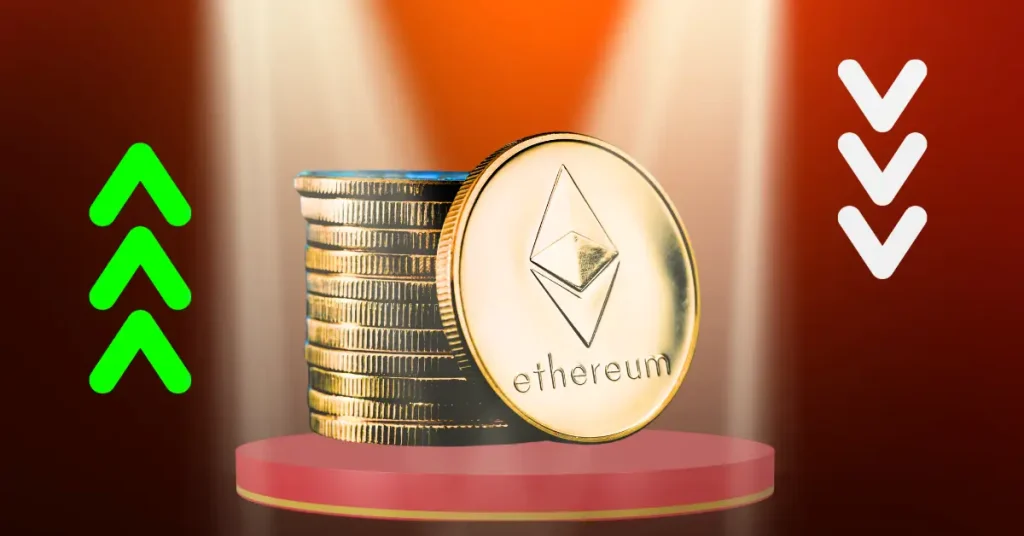Ethereum’s Gas Limit Quadruple Play: Scaling Fix or Band-Aid on a Blockchain?
Ethereum core devs are pushing a 4x gas limit hike—the network’s most aggressive throughput upgrade since the Merge. Will it finally unclog DeFi’s plumbing, or just give traders more room to spam worthless NFTs?
Under the hood: Raising the gas limit from ~30M to ~120M per block lets Ethereum process 4x more transactions. Validators take on heavier loads, but users get faster (and potentially cheaper) trades. Vitalik’s been advocating this since 2021—better late than never.
The catch? Higher limits mean bigger state bloat. Node operators scream about storage costs, while ETH maximalists whisper ’Solana envy.’ Meanwhile, Wall Street quant-bots will exploit every gas price dip—because nothing says ’decentralization’ like hedge funds front-running your Uniswap swap.

Ethereum developers are proposing a 4x increase in the gas limit to 150M for the upcoming Fusaka hard fork. This adjustment aims to boost Layer 1 (L1) execution, enabling the network to manage more transactions with greater efficiency. By raising the gas limit, Ethereum seeks to enhance its overall performance, ensuring smoother operations and better scalability as the network evolves.

